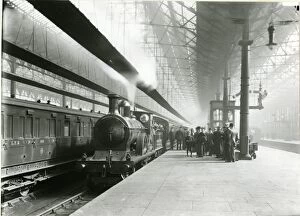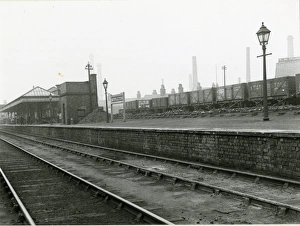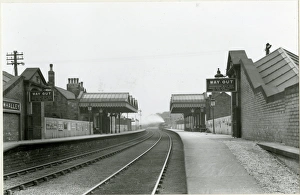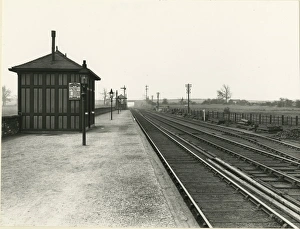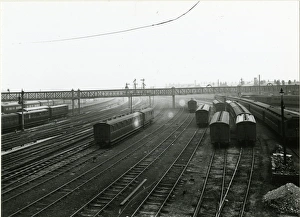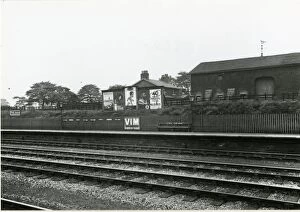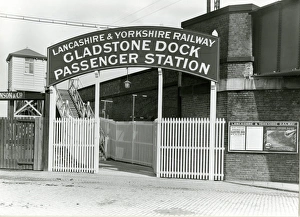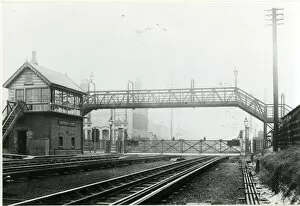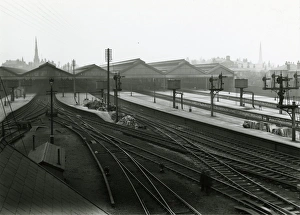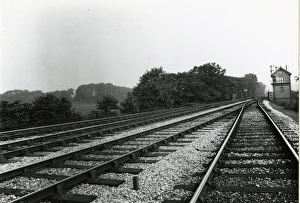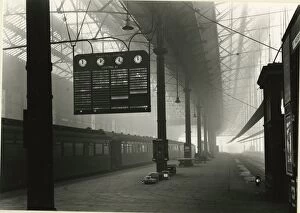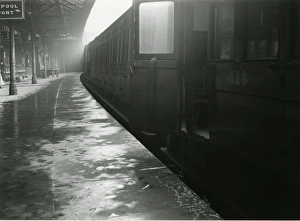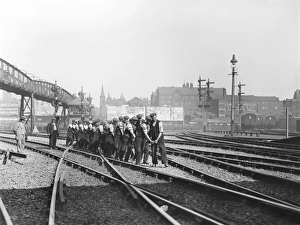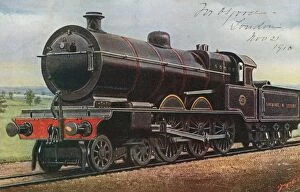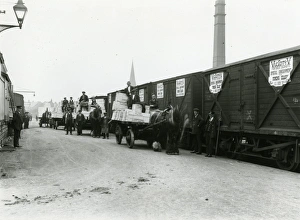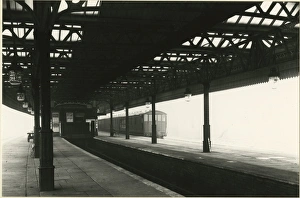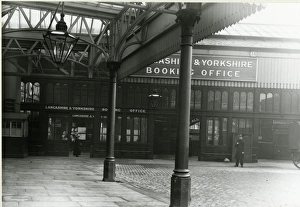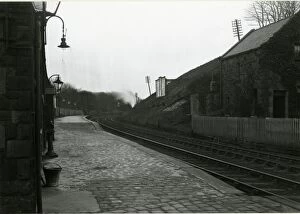Lancashire And Yorkshire Railway Collection
The Lancashire and Yorkshire Railway, once a bustling transportation network connecting various cities and towns
All Professionally Made to Order for Quick Shipping
The Lancashire and Yorkshire Railway, once a bustling transportation network connecting various cities and towns, holds a rich history that can be glimpsed through these captivating images. Liverpool Exchange station, the heart of this railway system, stands as a testament to its grandeur. As travelers bustle about, the station exudes an air of excitement and anticipation, and is here that one can catch the 2. 10 Liverpool-Hull train, embarking on a journey filled with possibilities. Middleton station offers another perspective into the world of Lancashire and Yorkshire Railway. Looking north from this vantage point reveals a charming scene - perhaps locals going about their daily lives or passengers eagerly awaiting their next adventure. Sharlston station captures a moment frozen in time - June 18th, 1913. The up platform between Featherstone showcases the railway's commitment to serving communities by providing convenient access to neighboring towns. From Chapel Street signal box at Southport's Lancashire and Yorkshire Railway station comes an enchanting view. Peering out from this elevated position allows for an appreciation of both the railway's engineering marvels and its integration within urban landscapes. The Oaks station in Bolton tells tales of change as it transitions from being part of London Midland and Scottish Railway while formerly belonging to Lancashire and Yorkshire Railway. This transformation reflects how railways adapt over time to meet evolving needs. Whalley station presents us with a general view looking northward - capturing not just trains passing through but also offering glimpses into local life unfolding against the backdrop of this vital transport hub. Gladstone Dock Station in Liverpool provides insight into how railways seamlessly connected industrial areas with major ports like Gladstone Dock itself – facilitating trade flows that powered economic growth during those times. Waterloo level crossing along Liverpool-Southport line reminds us that railways were not confined solely to stations; they intricately weaved themselves into everyday life by intersecting roads where people would pause momentarily to allow trains to pass.

